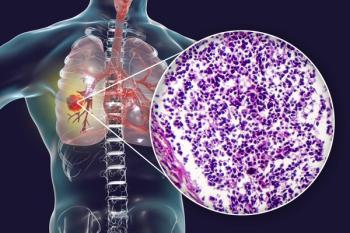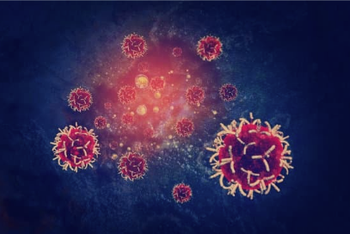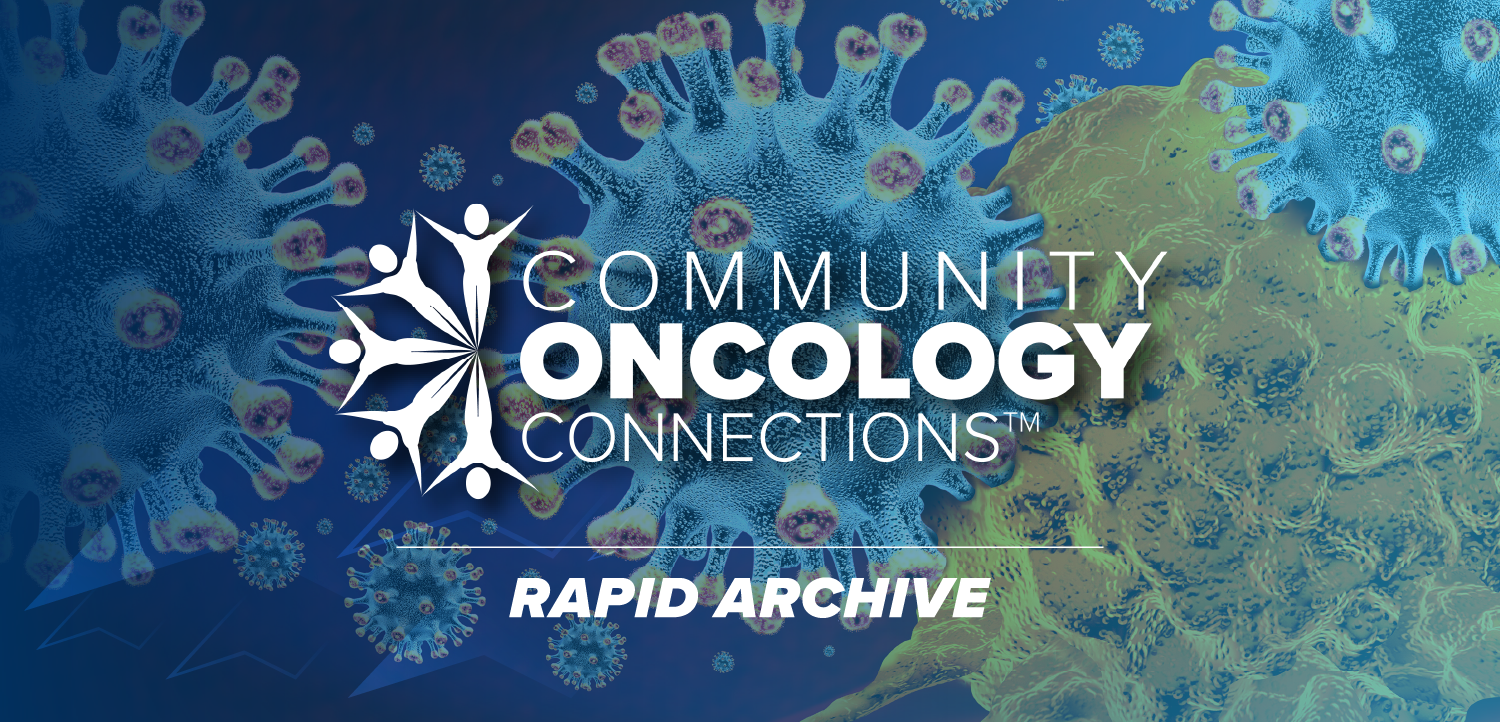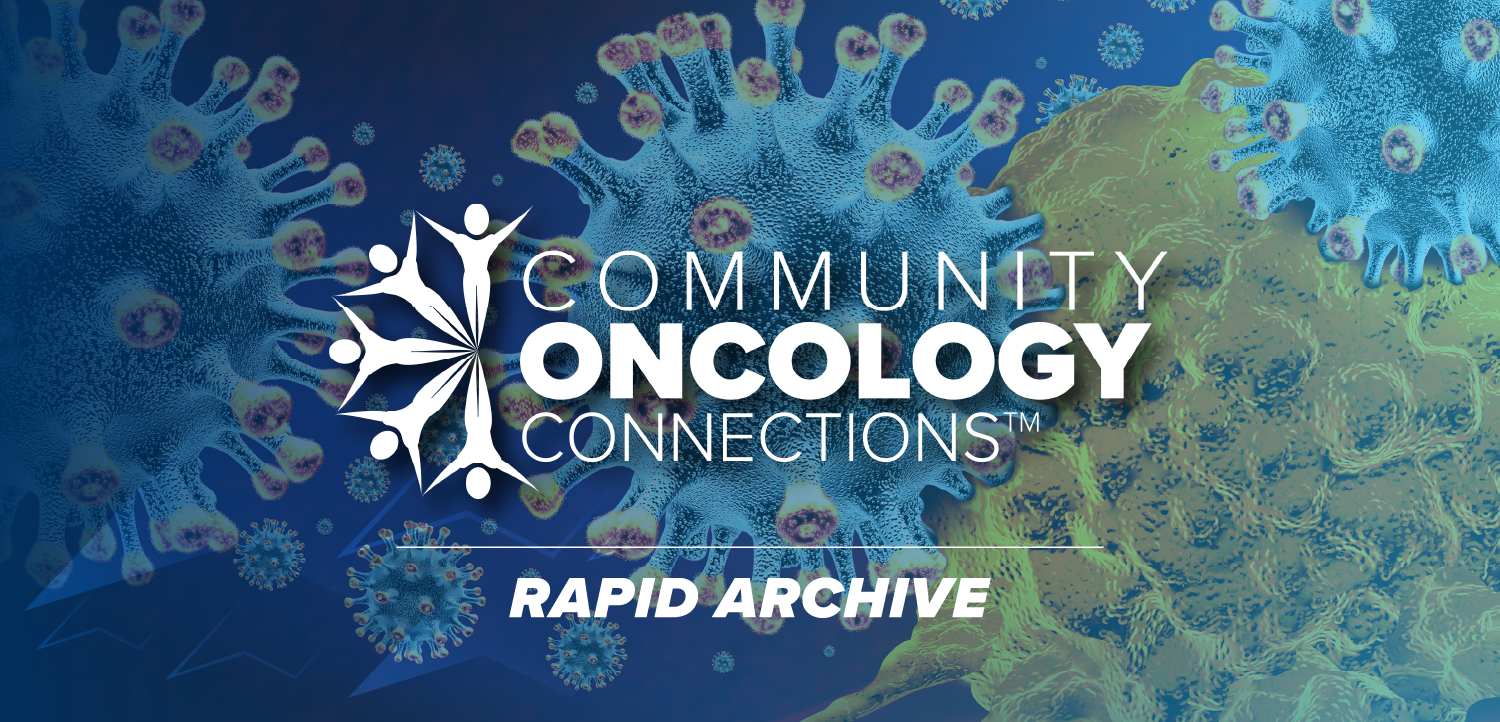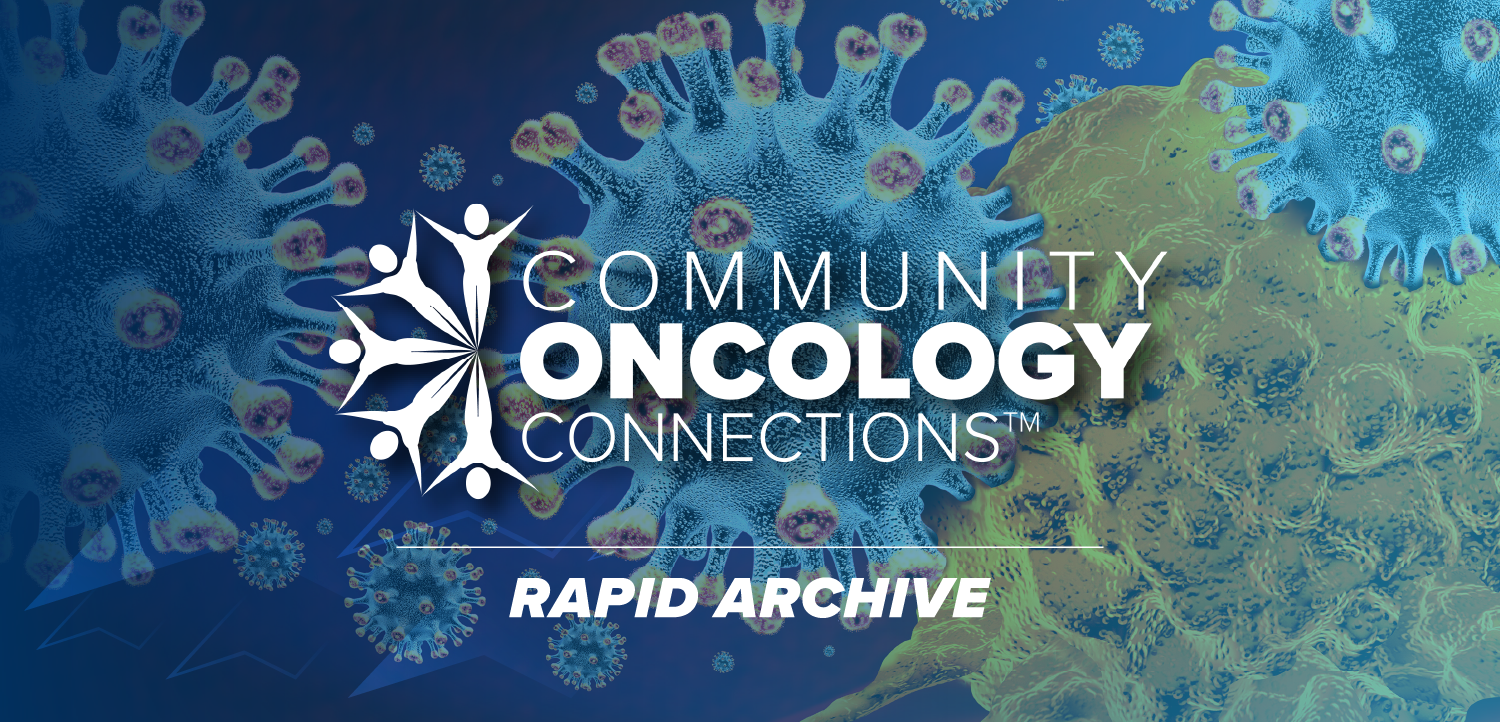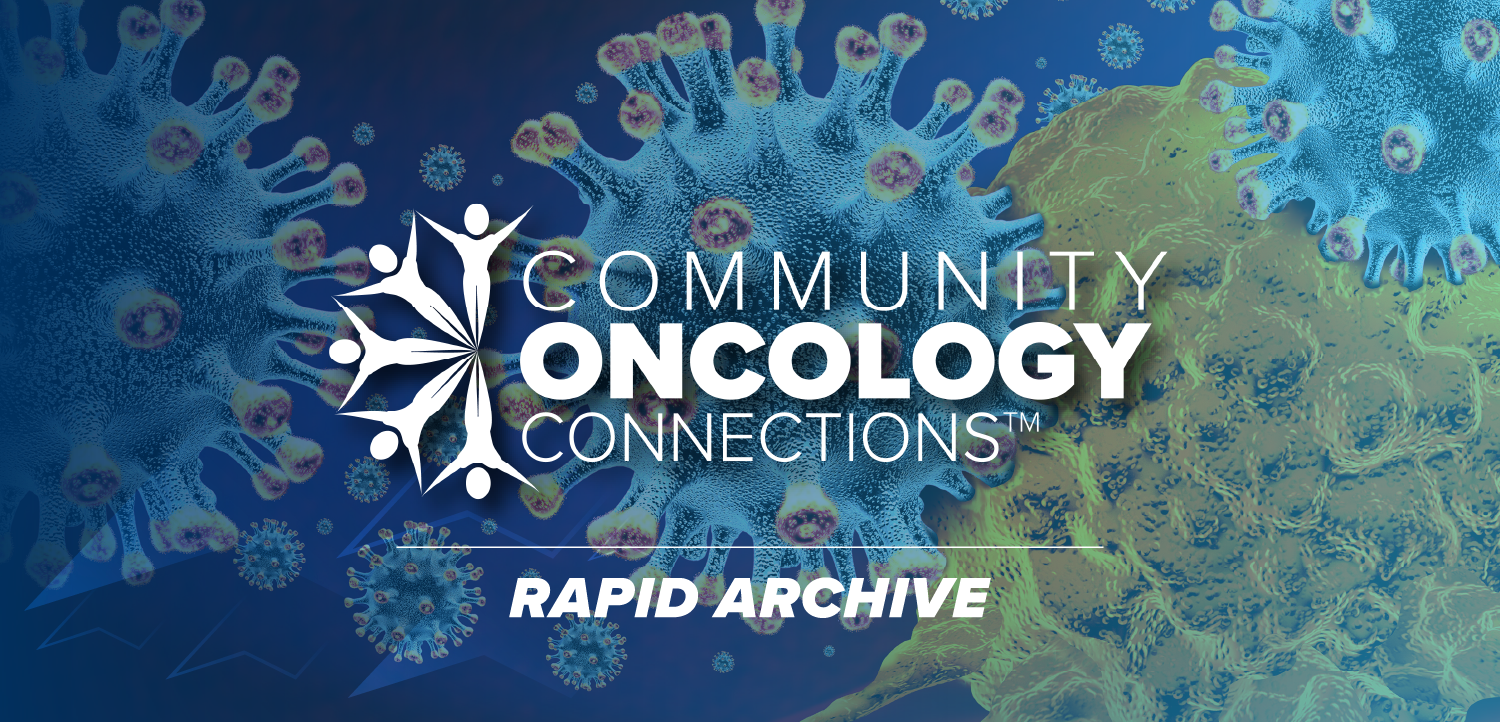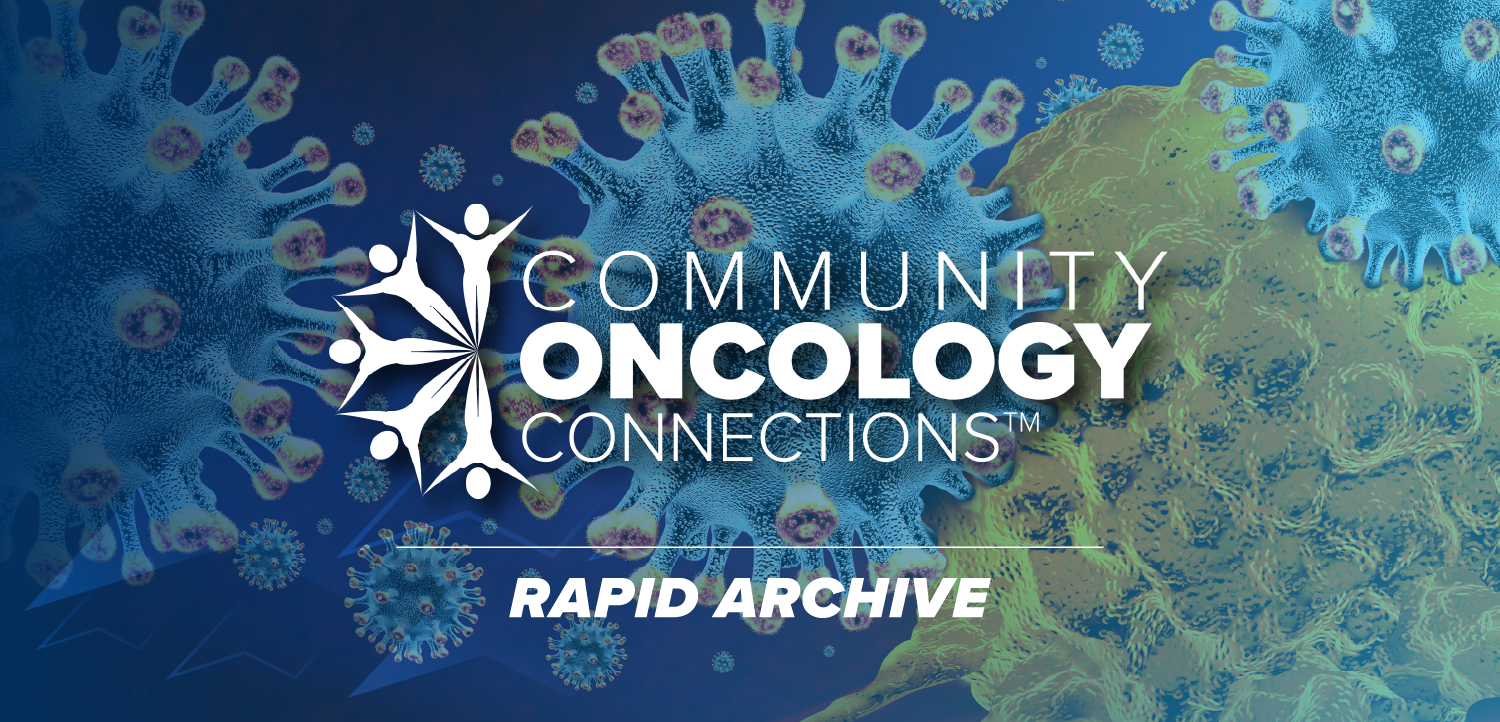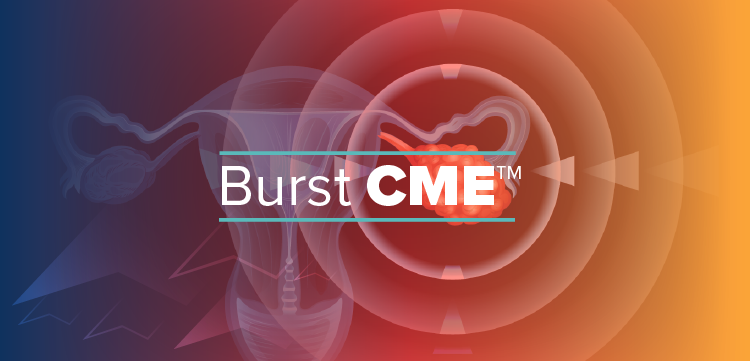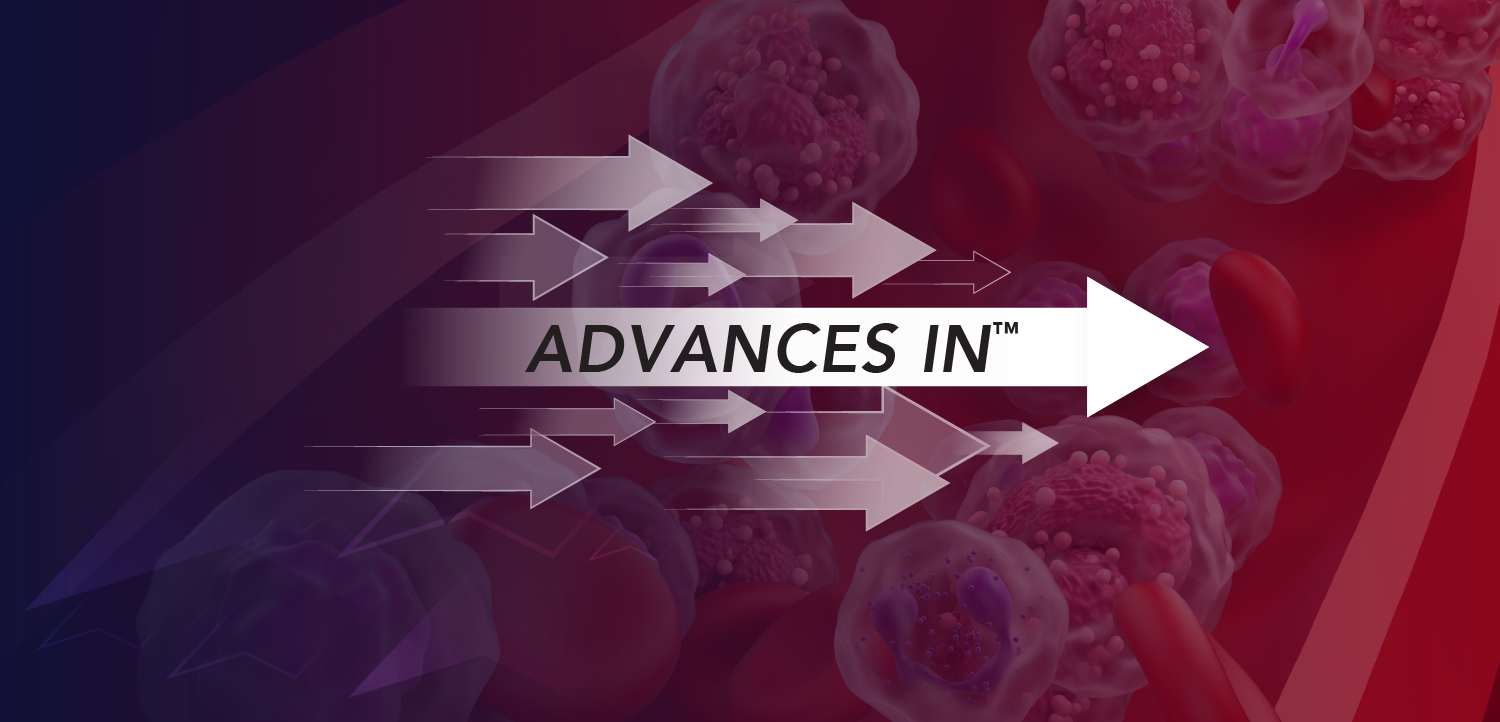
Pharmacy Expert Highlights Impact of Chemo Shortage on Bladder Cancer Space
Kirollos Hanna, PharmD, BCPS, BCOP, FACCC, discusses what strategies are being used to treat patients with bladder cancer during the chemotherapy shortage.
Amid the current chemotherapy drug shortage, clinicians are now tasked to find a way to continue treatments with the same outcome measures as before. For diseases such as bladder cancer—in particular, muscle-invasive bladder cancer—this presents a challenge, as cisplatin is the current gold standard due to poor outcomes seen with carboplatin, Kirollos Hanna, PharmD, BCPS, BCOP, FACCC, said during an interview with CancerNetwork®.
Hanna, director of Minnesota Oncology Pharmacy Services, and assistant professor of Pharmacy at the Mayo Clinic, discussed what strategies are being used to treat patients with bladder cancer during the shortage, and when preserving treatment for curative intent is most valuable.
Transcript:
When you’re talking about bladder cancer, specifically in terms of GU [genitourinary] cancers, [drugs] like cisplatin and carboplatin play a critical role at different stages for these patients. When you talk about something like kidney cancer, platinum agents, and some of the drugs we’ve seen shortages [for] haven’t played a significant role in the GU space, but bladder [cancer] has certainly been our number 1 [space in need]. Most critically and recently have been these platinum agents that have been in shortage.
To understand bladder cancer, there are 3 key stages of the disease. There are patients who have non-muscle invasive disease where we try to resect the tumors. Once these patients move into the muscle-invasive space, something like a cisplatin-containing regimen is the gold standard. It’s recommended across guidelines, and across most of the literature in the data that for patients with muscle-invasive disease, we are still trying to cure these patients. Moving away from cisplatin-containing regimens is a significant disservice to these patients, as carboplatin has inferior data.
Oftentimes, for these patients with muscle-invasive disease, we have 2 modalities that we can treat them with: there’s dose-dense MVAC [methotrexate, vinblastine, doxorubicin, and cisplatin], and then there’s gemcitabine with cisplatin. You’ll find many GU experts tried to push the envelope with dose-dense MVAC. It’s a more intensive regimen but does lead to better surgical outcomes. We generally administer neoadjuvant treatment for these patients and take them to surgery. Oftentimes a good portion of these patients do well; I would say 70% to 75% of these patients are considered cured of their disease.
When you talk about metastatic disease, even though we can get away from cisplatin in the metastatic setting, carboplatin has still played a significant role for these patients with metastatic disease. We’re still utilizing similar regimens, but we can substitute carboplatin. What we’re finding in the oncology space is that the shortage of cisplatin has now led to a shortage of carboplatin due to some therapeutic interchanges across many tumor types, which has even trickled into the GU space. For our system, when we were going through phases—which we’re still going through the shortage phase—but when we were in critical supply, we had patients with bladder cancer as one of the diagnoses where we were conserving cisplatin just because of the importance of curing [the disease]. Those were some of the strategies that we've been utilizing.
Newsletter
Stay up to date on recent advances in the multidisciplinary approach to cancer.



